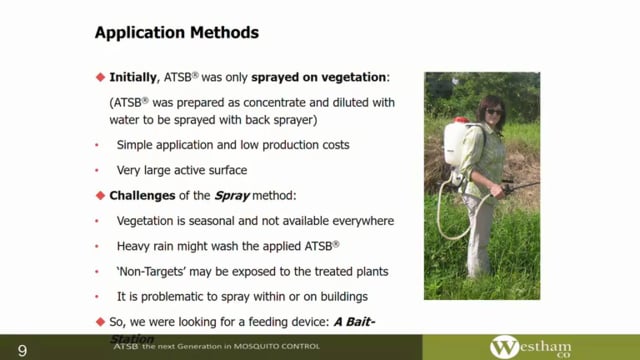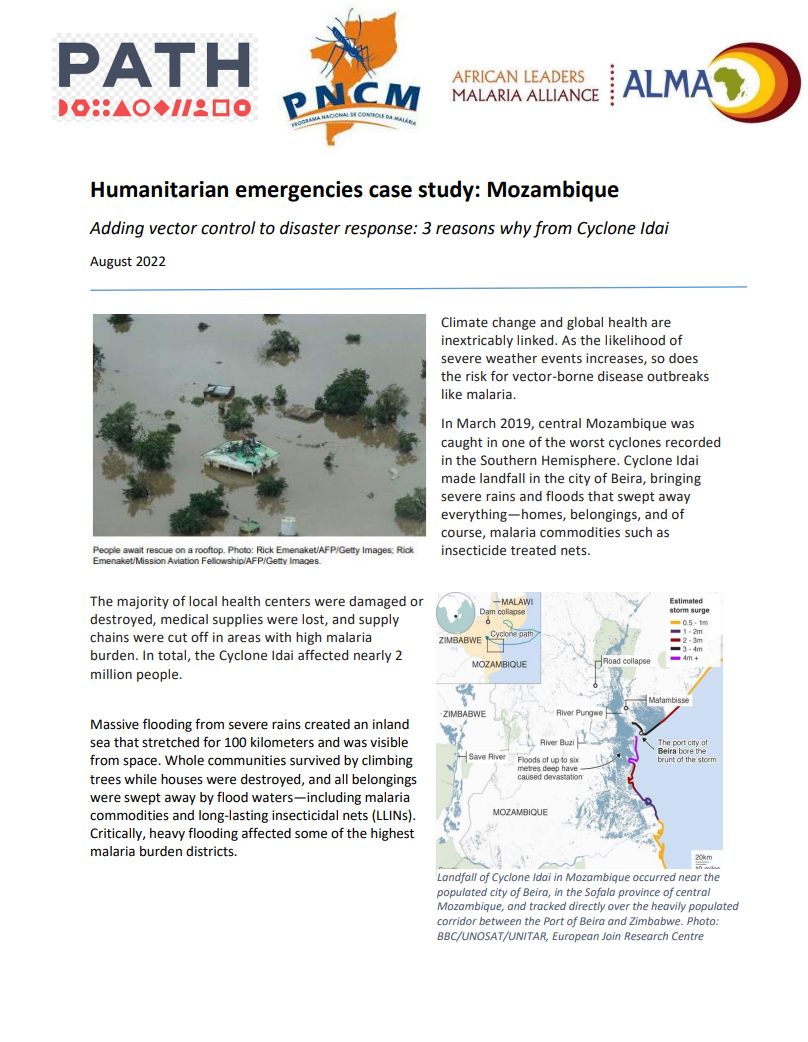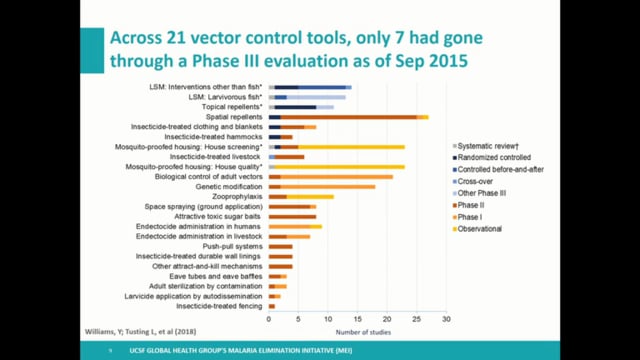ASTMH 2017, Amir Galili: “Attractive Toxic Sugar Baits – A New VC Tool to address Outdoor Biting”
Collaborator(s): Westham co., United States
Published: 06/11/2017
In collaboration with ASTMH, Image Audiovisuals, and session presenters, MESA brings you this webcast from the 66th ASTMH annual meeting in Baltimore, November 2017
Title: “Attractive Toxic Sugar Baits – A New VC Tool to address Outdoor Biting”
Speaker: Amir Galili, Westham, Israel
Session information:
Symposium 002: “New Tools for Malaria Vector Control”
Monday, 6 November, 8:00 – 9:45 AM, Convention Center – Ballroom I (Level 400)
Abstract:
Malaria vector control has been a key component in reducing the number of under-5-year-old deaths in Africa. However, insecticide resistance and the lack of new insecticides and new vector control (VC) tools have shrunk the arsenal of effective options. Currently, malaria vector control programs in Africa rely on two interventions: pyrethroid-treated long-lasting insecticide nets (LLINs) and indoor residual spraying (IRS) with an organophosphate. Fortunately, we are on the cusp of ushering in a new line-up of VC tools. This symposium will discuss some of the most promising and near-term tools in vector control, which will result in a continued shrinking of the malaria burden in Africa. New IRS formulations are critically needed given the predominant reliance in sub-Saharan African programs on just one effective class of insecticide – organophosphates. Two manufacturers have products undergoing WHO review that utilize clothianidin, a neonicotinoid, which draws on an entirely new mode of chemistry to kill mosquitoes. Use of this neonicotinoid will allow countries to rotate insecticides as recommended by the WHO’s Global Plan for Insecticide Resistance Management. It is anticipated that the first clothianidin IRS formulation will be approved and available for VC programs in the near future. The high level of resistance to pyrethroids is risking the proven effectiveness of LLINs. Currently, nearly all LLINs used in Africa are impregnated with one type of pyrethroid. However, new ‘combination’ LLINs have been developed and are undergoing WHO review. These LLINs combine a new active ingredient insecticide with an existing pyrethroid. Results from experimental hut trials are impressive with high-levels of mortality against pyrethroid resistant Anopheles. The first combination LLIN, which combines chlorfenapyr and alpha-cypermethrin, is expected to be approved and available for VC programs in 2018. The successful deployment of LLINs and IRS in Africa is changing selection pressure on mosquito vectors favoring outdoor biting and resting vectors. Currently, there is no effective VC tool for outdoor transmission. However, a new tool, Attractive Toxic Sugar Baits (ATSBs), is showing great promise. By combining a concentrated sugar-based food source, an olfaction stimulant and an oral insecticide, ATSBs lure and kill mosquitoes at a base station. Several trials of ATSBs as an outdoor mosquito control tool have been very successful. Together, new IRS formations, new formulation LLINs and new tools like ATSBs will enable vector control program managers to mount more effective campaigns and implement insecticide resistance management practices that will preserve the effective shelf life of all VC insecticides.
THEMES: Residual Transmission | Vector Control



